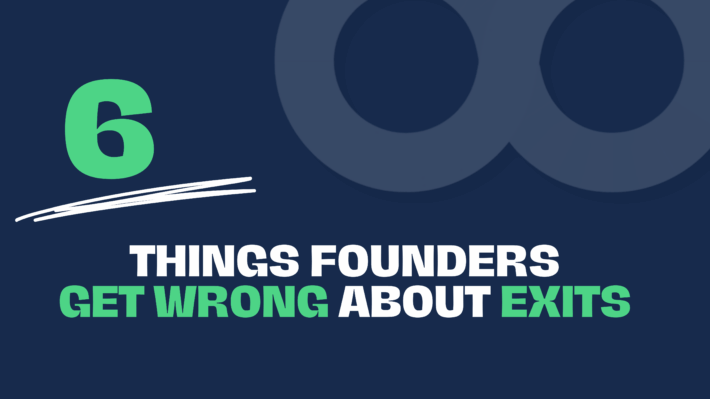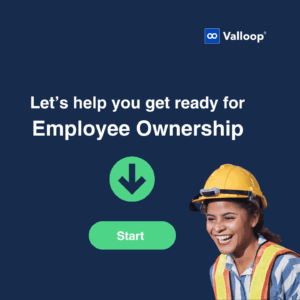The Importance of Education in Employee Owned Companies

As companies explore new collaborative business structures, Employee Ownership could be an appealing model. However, many think the change to such a new way of working is laden with multiple challenges.
With our access to capital, knowledge, and online systems we can make the process easier and the prospect a lot more exciting, but as with any change there will of course be challenges to overcome.
Let’s take a look at how companies can embrace each one:
- Culture: Moving from a traditional organisational hierarchy to an employee ownership model requires a shift in thinking. Employees used to a top-down decision-making process may find it challenging to adapt. Companies should focus on transparent communication, involving employees in the decision-making process, and nurturing a culture of shared responsibility where no one is afraid to speak.
- Education and Empowerment: Employee Ownership requires a different understanding of business operations and financial terms some employees won’t be used to. To empower employees, provide training, from the beginning, to help everyone understand. This not only prepares the workforce for their new responsibilities but also enables a sense of ownership and accountability.
- Succession Planning: A robust succession plan is critical for ensuring the continuity and stability of the organisation. Clearly define the criteria for leadership roles and identify key skills and competencies required for success. Regularly review and update the succession plan to adapt to changing circumstances. This proactive approach not only mitigates the risks associated with unexpected leadership changes but also instills confidence among employees, reassuring them of the organisation’s commitment to a stable co-ownership structure.
- Performance Metrics: Establish clear and meaningful performance metrics beyond traditional financial indicators. Consider metrics that reflect the collaborative nature of the organisation. This could include innovation, employee satisfaction, contributions to community or social responsibility initiatives. By defining a holistic set of performance metrics, you provide co-owners with an understanding of their impact on the company’s success and the broader community.
- Accountability: Implement fair and transparent accountability mechanisms that address under-performance or non-compliance while also considering the collaborative nature of decision-making. This might involve regular performance reviews, peer evaluations, or a system where employees have a voice in the accountability process. Striking the right balance ensures that accountability measures are understood, contribute to the overall success of the employee ownership model and promote continuous improvement.
- Governance: Balancing democratic decision-making is a delicate task. Establishing effective governance structures is crucial for the success of a co-ownership model. Involve employees in the design of governance frameworks, ensuring they reflect the unique needs and values of the employees and potentially customers.
- Legal and Regulatory: Ensure all co-owners understand the compliance with relevant laws to avoid complications. Seeking legal expertise and open communication with regulatory bodies can help build a solid foundation and eradicate mistakes.
While the journey towards employee ownership may present challenges, the potential benefits in terms of employee satisfaction, innovation, and overall company success are significant. By addressing the obstacles above early in the process, organisations can pave the way for a smoother transition.
The key lies in empowering employees from the beginning, open communication, and transparent decision-making – creating a supportive environment that encourages a shared sense of ownership.
Who is ready to embrace the change?





